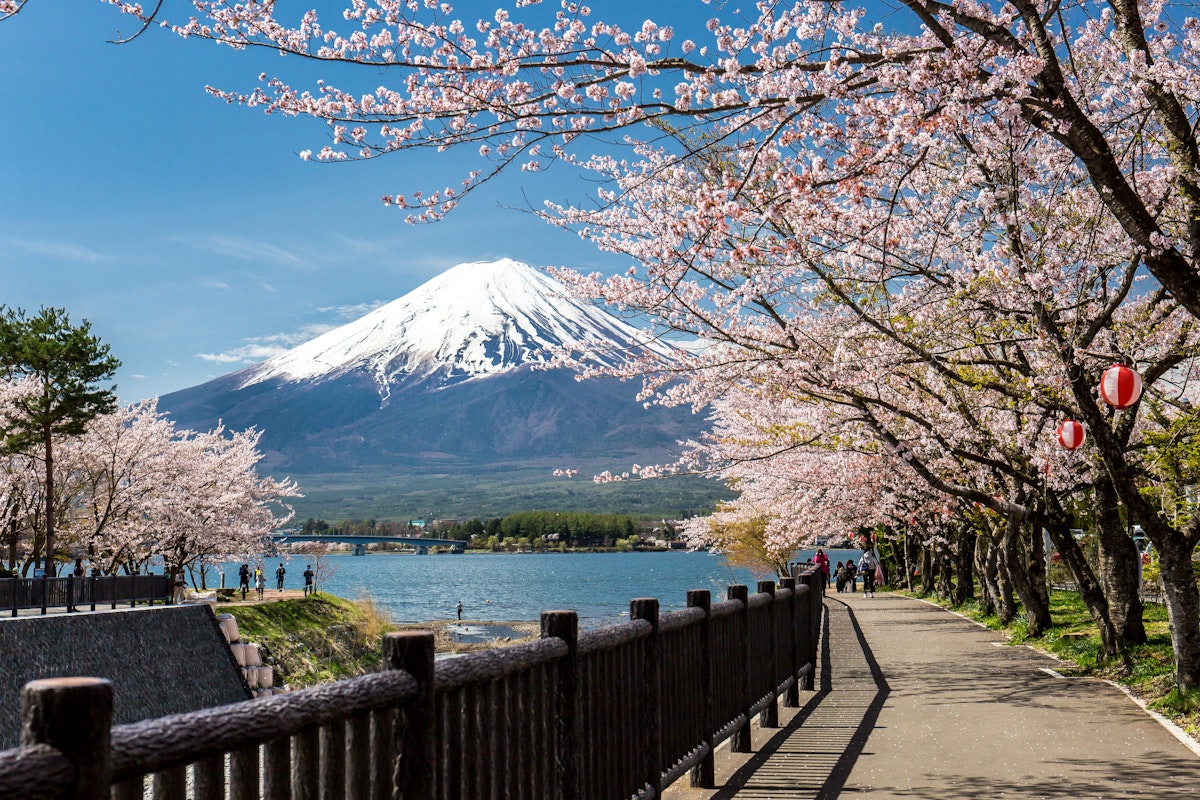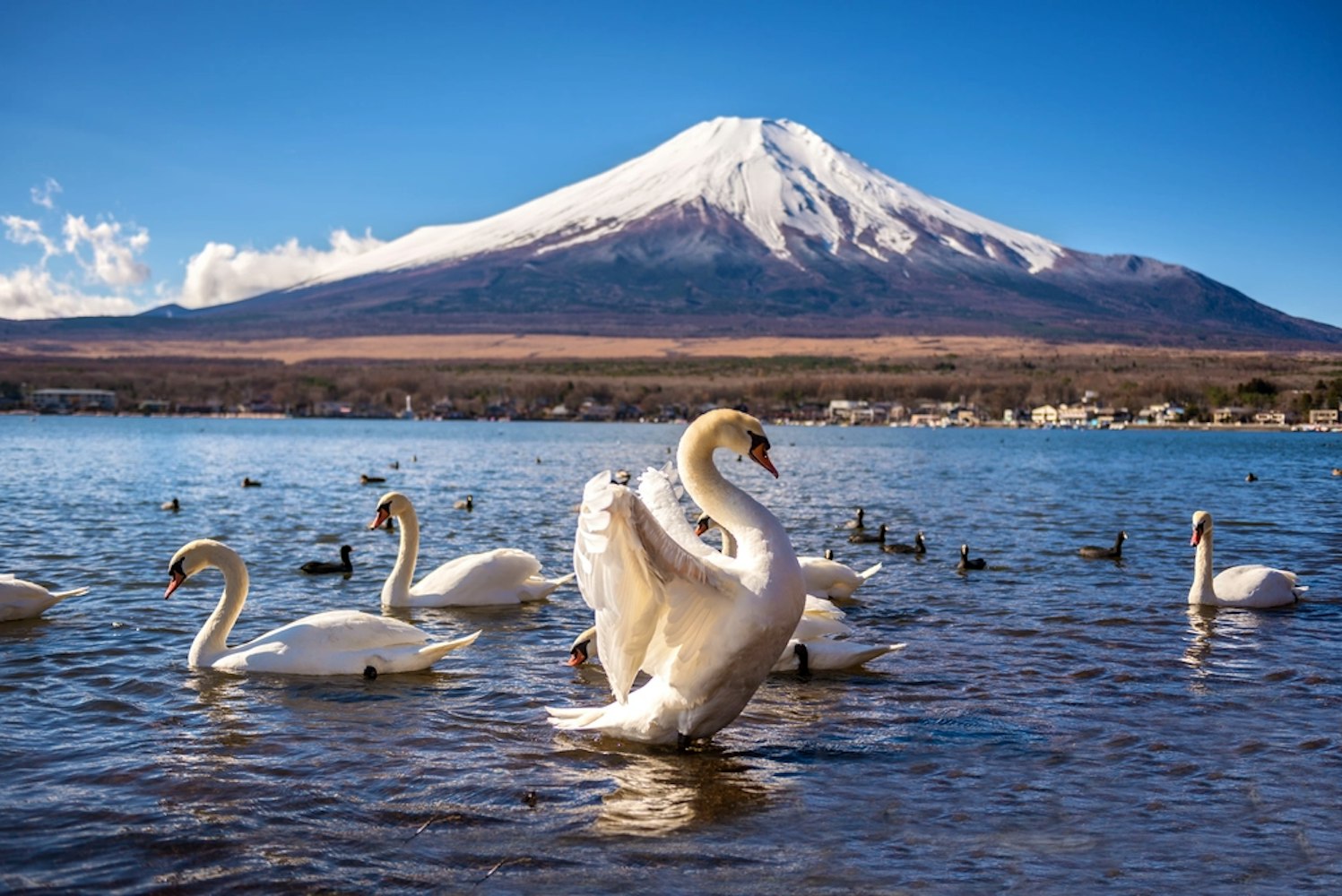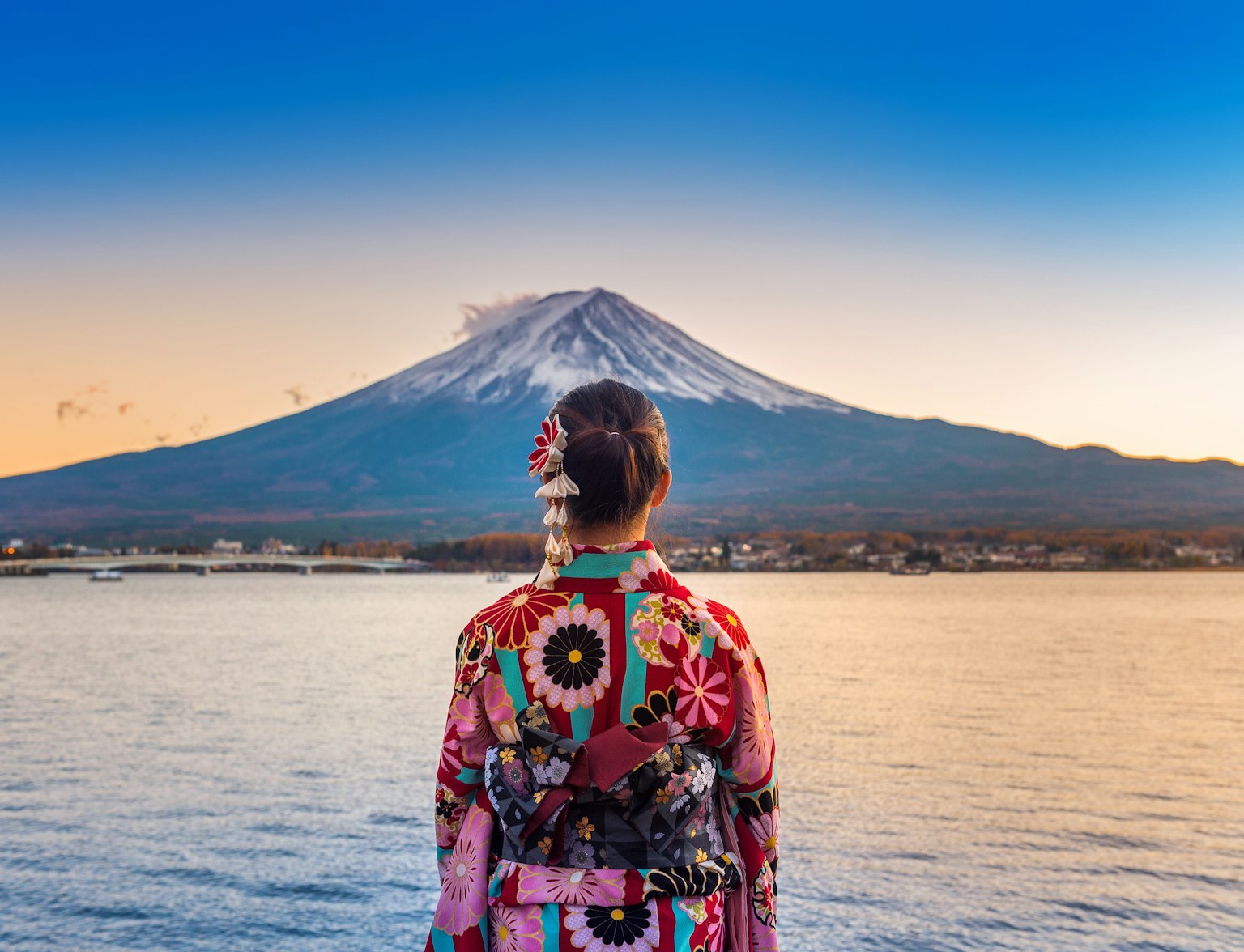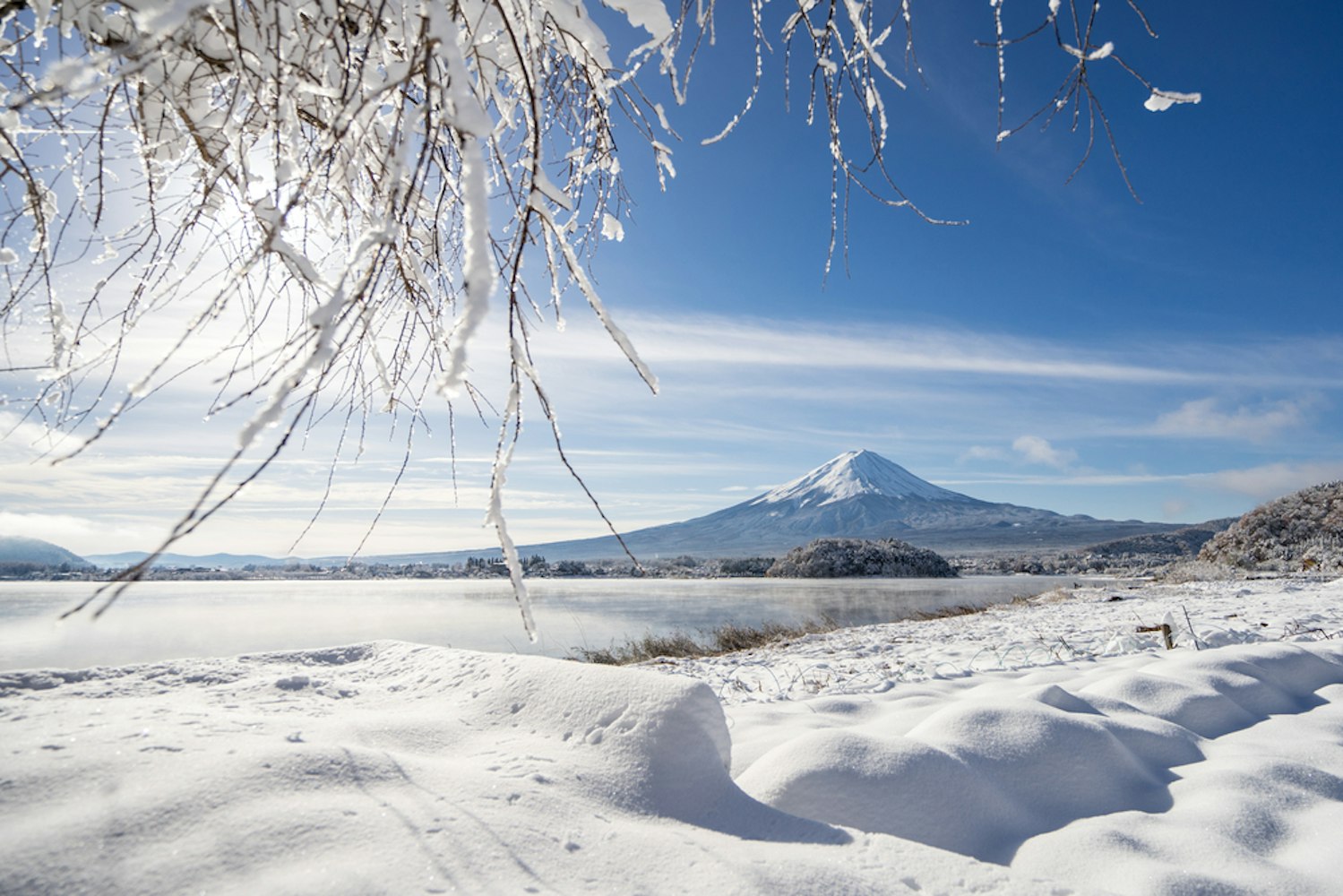Exploring the Flora and Fauna of Mount Fuji


Mount Fuji, often called "Fuji-san" by the locals, is an iconic symbol of Japan and a breathtaking natural wonder that beckons adventurers and nature enthusiasts worldwide. In this article, we will delve into the rich history of Mount Fuji, uncover the remarkable wildlife that calls this sacred mountain home, and explore the unique climate that shapes this majestic landscape.
History of Mount Fuji
Mount Fuji, known as "Fuji-san" in Japan, is not just a geographical landmark but a symbol deeply embedded in the cultural and historical fabric of the nation. This majestic stratovolcano, towering at 3,776 meters (12,389 feet), holds a special place in the hearts of the Japanese people and has a history as captivating as its towering presence.
Geological Origins
Mount Fuji's history begins millions of years ago with its formation as a stratovolcano. It was born from the relentless forces of tectonic activity and volcanic eruptions, gradually rising to its current grandeur. Over time, lava, ash, and volcanic rock layers sculpted the iconic shape we recognize today.
Cultural Significance
Mount Fuji's significance extends beyond its geological origins. It has been a source of inspiration for artists, poets, and pilgrims for centuries. It is often referred to as a "sacred mountain" in Japan, and its image has been immortalized in countless works of art.
The mountain's beauty and symmetry have led to its portrayal in traditional Japanese paintings, woodblock prints, and poetry.
For generations, Mount Fuji has been a site of pilgrimage. It is considered a place of spiritual significance in Japanese Shintoism and Buddhism.
Climbing Mount Fuji, known as "Fujisan-kei," is not just a physical journey but a spiritual one. Pilgrims have ascended its slopes, seeking enlightenment and a deeper connection with nature.
Recent Eruptions
While Mount Fuji has not erupted since 1707, it is still considered an active volcano. Mount Fuji's last eruption, known as the Hoei Eruption, significantly impacted the area surrounding Fuji San.
Since then, scientists and experts have closely monitored the volcano to ensure the safety of those who live in its vicinity.
Exploring the Flora and Fauna

What is Flora in Japan?
Flora on Mount Fuji refers to the plant life found on the slopes and surrounding areas of this iconic mountain in Japan. The flora of Japan comprises a large assemblage of plant species that can be found in Japan, such as Sakura, katsura, Momiji, and Azalea.
Mount Fuji's diverse range of elevations, from its base to its summit, has varying ecological zones, each hosting a unique collection of plant species.
Here are some key aspects of the flora on Mount Fuji:
Alpine Vegetation
As you ascend Mount Fuji, you'll encounter different vegetation zones. At lower elevations, you may find deciduous and coniferous trees, including species like Japanese oak and Japanese cedar.
As you climb higher, the climate becomes harsher, and the vegetation transitions to alpine plants and shrubs adapted to colder temperatures.
Subalpine and Alpine Plants
In the subalpine and alpine zones, you'll encounter hardy plants adapted to the harsh conditions of high-altitude environments. These might include species like alpine flowers, mosses, and lichens.
The famous "silver grass" or susuki grass is a common sight on the upper slopes of Mount Fuji.
What is Fauna in Japan?
Fauna on Mount Fuji refers to the animal life inhabiting this iconic Japanese mountain's slopes and surrounding areas. While the harsh and variable climate of Mount Fuji's high-altitude environment makes it a challenging habitat for many animals, some species still have adapted to its conditions.
Here's an overview of the fauna you might encounter on Mount Fuji:
1. Birds: Various bird species inhabit Mount Fuji and its surrounding forests. You may come across birds like Japanese serows, pheasants, and various migratory birds, especially during the warmer months when they visit the region for breeding and foraging.
2. Insects: Insects are a prominent part of the fauna on Mount Fuji. The mountain's forests are home to various insects, including forest butterflies and other arthropods. These insects play essential roles in the ecosystem, contributing to pollination and decomposition.
3. Mammals: Some larger mammals can also be found on and around Mount Fuji. The Japanese serow, a goat-antelope species, is one of the notable inhabitants. Asiatic black bears are also present in the area and are known to roam the volcanic ash-covered terrain.
4. Amphibians and Reptiles: In the wetter areas surrounding Mount Fuji, you may encounter amphibians like forest green treefrogs. These creatures thrive in the moist conditions of the region. While reptiles are less common due to the cooler climate at higher elevations, some species can be found in the lower-altitude areas.
5. Aquatic Life: The lakes and streams near Mount Fuji, such as Lake Kawaguchi, support marine life, including various fish species. These bodies of water provide a habitat for fish, frogs, and other aquatic creatures.
It's important to note that the fauna on Mount Fuji can vary depending on the altitude and season. While some species are permanent residents, others may migrate to the area during specific times of the year.
When exploring the mountain and its surroundings, it's essential to respect the natural habitats of these animals and take precautions to minimize your impact on their environment.

Dive into Japan's breathtaking beauty on our tour.
Climate Type In Mt. Fuji

The climate type of Mount Fuji, Japan's tallest and most iconic volcano, varies with its altitude and location. Mount Fuji experiences several distinct climate zones as you ascend its slopes:
Base and Lower Slopes (Lowland Climate)
You'll encounter a lowland climate at the base of Mount Fuji and its lower slopes. This area experiences relatively mild temperatures and distinct seasons.
Summers are warm, with temperatures averaging around 25-30°C (77-86°F), while winters are excellent, with temperatures averaging about 0-5°C (32-41°F). Rainfall is distributed throughout the year, with slightly wetter conditions in the summer.
Subalpine Zone (Cool Temperate Climate)
As you ascend to higher elevations, the climate transitions to a cool temperate climate. Summers become cooler, and winters become harsher.
The subalpine zone experiences colder temperatures, with average summer temperatures ranging from 15-20°C (59-68°F) and winter temperatures often dropping below freezing. Snowfall becomes more common during the winter months.
Alpine Zone (Alpine Tundra Climate)
The highest reaches of Mount Fuji, in the alpine zone, exhibit an alpine tundra climate. This zone is characterized by freezing temperatures, particularly at night, and a shorter growing season.
Summer temperatures can vary widely but generally stay below 10°C (50°F), while winter temperatures are consistently sub-freezing. The climate is harsh, and snow cover is present for a significant portion of the year.
Note: Mount Fuji's climate can be quite variable due to its elevation and exposure to weather systems from the Pacific Ocean. Sudden changes in weather are common, and conditions can become treacherous, especially during the climbing season.
It's important to note that the weather on Mount Fuji can be unpredictable, and climbers should be prepared for rapid changes in temperature and conditions. The best time to climb Mount Fuji is during the official climbing season, typically from early July to mid-September, when conditions are more stable and snow cover is minimal.
Understanding the climate zones of Mount Fuji is crucial for climbers and visitors to prepare adequately for their journey.
Explore Mount Fuji: Nature's Marvel and Adventure Haven
Exploring the flora and fauna of Mount Fuji is a journey through Japan's natural beauty and became world heritage site. As you climb the Yoshida Trail or gaze in awe at the stunning sunrise from the summit, remember that you are not just witnessing a mountain but immersing yourself in the history and biodiversity of a true natural wonder of living and breeding extent ground of Mt. Fuji.
Whether you seek adventure or tranquility, Mount Fuji offers it all, making it an unforgettable destination for nature enthusiasts and adventurers.

Embark on a memorable journey with our Mt. Fuji helicopter tour.
FAQs
What is the national fauna of Japan?
Macaque monkeys, the national animals of Japan, are commonly referred to as snow monkeys due to their habitat in snowy mountain ranges. These fascinating creatures possess long, dense fur and distinctive red faces.
They are one of the main attractions for tourists visiting Mount Fuji.
Is it allowed to camp on Mount Fuji?
Camping or pitching tents on Mt. Fuji is strictly prohibited and for good reasons. No designated tent sites are on the mountain, and campfires are forbidden by law.
Please respect these regulations and help preserve the natural beauty of this majestic peak.
How long does it take to climb Mount Fuji?
Depending on the trail one chooses to ascend Mt. Fuji, the climb can take 5-10 hours. Most climbers will begin from the Subaru Line 5th station, on average, a 5-6 hour climb to the summit of Japan Mount Fuji.



